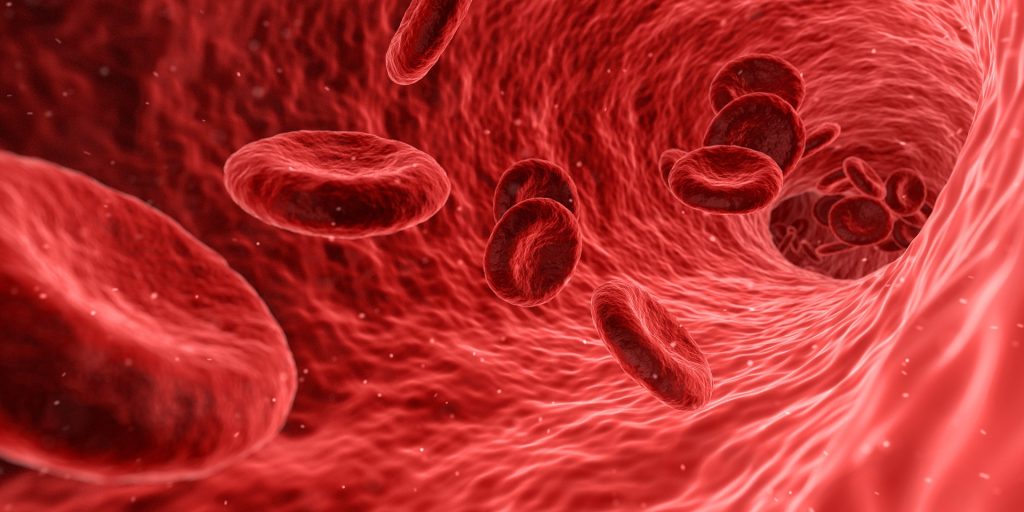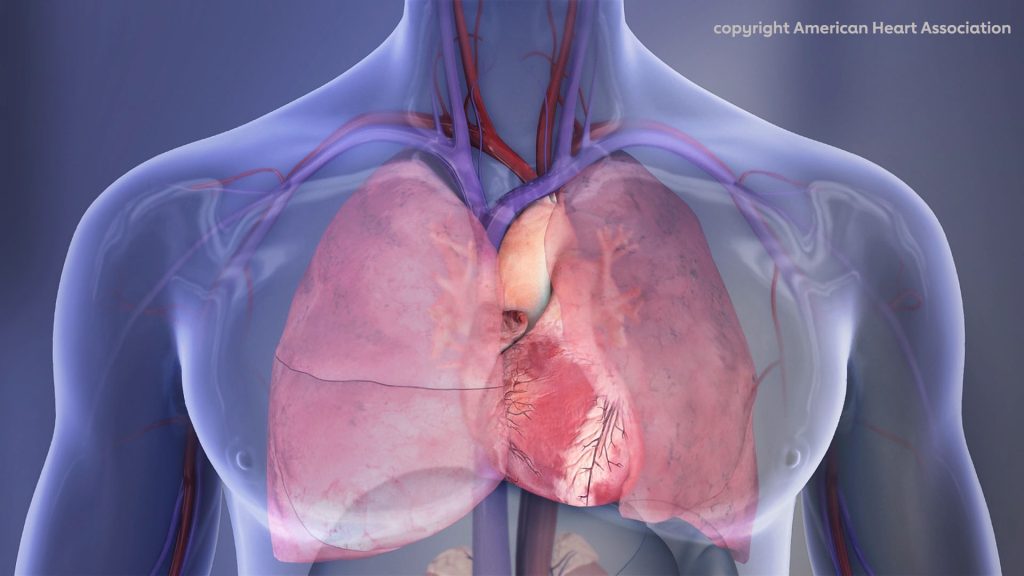T Cells could Ease Brain Injury after Cardiac Arrest

Despite improvements in CPR and ambulance response times, only about one in 10 people ultimately survive after out-of-hospital cardiac arrest (OHCA). Most patients hospitalised with OCHA die of brain injury, and no medications are currently available to prevent this outcome. A team led by researchers from Mass General Brigham found that immune cells may play a key role.
Using samples from patients who have had an OHCA, the team uncovered changes in immune cells just six hours after cardiac arrest that can predict brain recovery 30 days later. They pinpointed a particular population of cells that may provide protection against brain injury and a drug that can activate these cells, which they tested in preclinical models. Their results are published in Science Translational Medicine.
“Cardiac arrest outcomes are grim, but I am optimistic about jumping into this field of study because, theoretically, we can treat a patient at the moment injury happens,” said co-senior and corresponding author Edy Kim, MD, PhD, of the Division of Pulmonary and Critical Care Medicine at Brigham and Women’s Hospital. “Immunology is a super powerful way of providing treatment. Our understanding of immunology has revolutionised cancer treatment, and now we have the opportunity to apply the power of immunology to cardiac arrest.”
As a resident physician in the Brigham’s cardiac intensive care unit, Kim noticed that some cardiac arrest patients would have high levels of inflammation on their first night in the hospital and then rapidly improve. Other patients would continue to decline and eventually die. In order to understand why some patients survive and others do not, Kim and colleagues began to build a biobank – a repository of cryopreserved cells donated by patients with consent from their families just hours after their cardiac arrest.
The researchers used a technique known as single-cell transcriptomics to look at the activity of genes in every cell in these samples. They found that one cell population – known as diverse natural killer T (dNKT) cells – increased in patients who would have a favourable outcome and neurological recovery. The cells appeared to be playing a protective role in preventing brain injury.
To further test this, Kim and colleagues used a mouse model, treating mice after cardiac arrest with sulfatide lipid antigen, a drug that activates the protective NKT cells. They observed that the mice had improved neurological outcomes.
The researchers note that there are many limitations to mouse models, but making observations from human samples first could increase the likelihood of successfully translating their findings into intervention that can help patients. Further studies in preclinical models are needed, but their long-term goal is to continue to clinical trials in people to see if the same drug can offer protection against brain injury if given shortly after cardiac arrest.
“This represents a completely new approach, activating T cells to improve neurological outcomes after cardiac arrest,” said Kim. “And a fresh approach could lead to life-changing outcomes for patients.”
Source: Mass General Brigham








